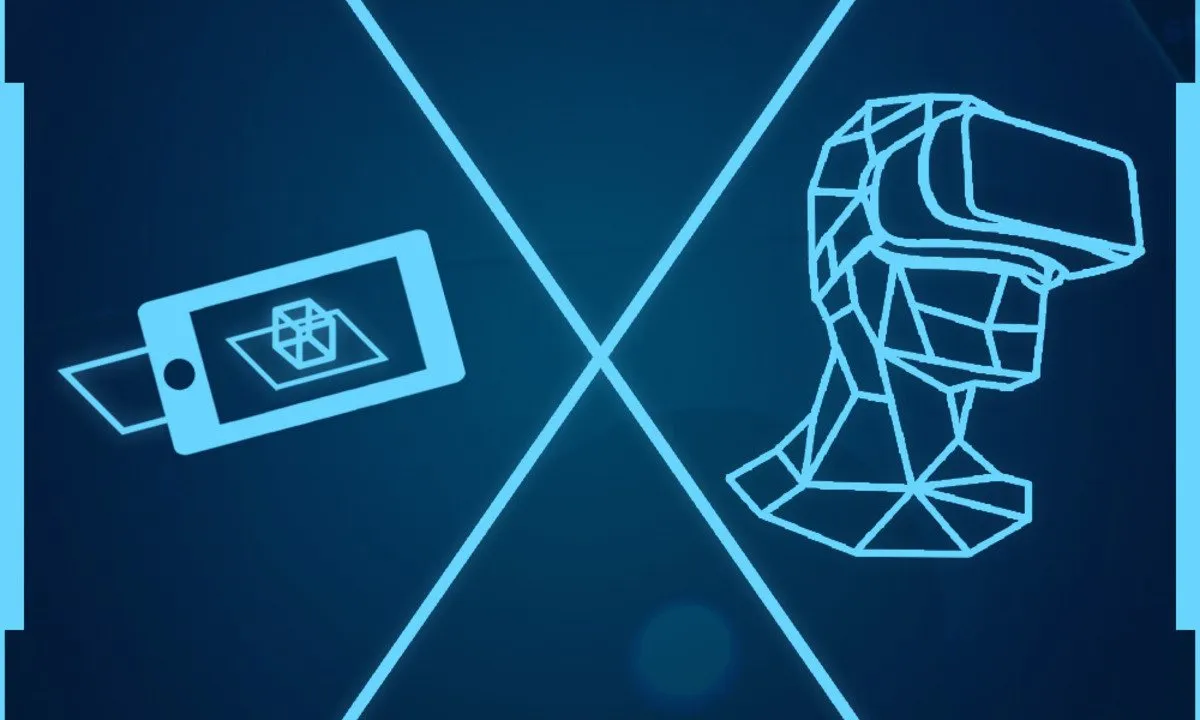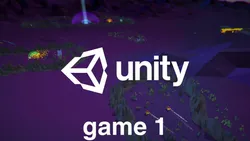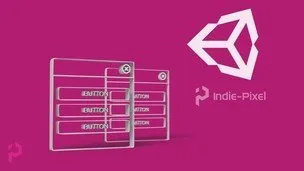
Introduction to XR: VR AR and MR Foundations 
This course provides an overview of the fundamentals of XR (Virtual Reality, Augmented Reality, and Mixed Reality). Students will gain an understanding of the potential of these technologies and how they can be used to create immersive experiences. ▼
ADVERTISEMENT
Course Feature
![]() Cost:
Cost:
Free
![]() Provider:
Provider:
Coursera
![]() Certificate:
Certificate:
Paid Certification
![]() Language:
Language:
English
![]() Start Date:
Start Date:
9th Jan, 2023
Course Overview
❗The content presented here is sourced directly from Coursera platform. For comprehensive course details, including enrollment information, simply click on the 'Go to class' link on our website.
Updated in [March 06th, 2023]
This course, Introduction to XR: VR AR and MR Foundations, provides learners with an introduction to the world of XR. Learners will gain an understanding of the underlying technologies that enable XR, such as Virtual Reality (VR), Augmented Reality (AR), and Mixed Reality (MR). They will also learn the history of XR, its limitations, and its potential for improvement. Through hands-on experience, learners will build and run two simple XR applications on their own smartphone, and brainstorm, define, visualize, and iterate their own original concept for an XR application. By the end of the course, learners will have a thorough and peer-reviewed XR Product Brief that they can use as the basis for future development. This course is the first of three planned courses in Unity's XR Specialization, and is an ideal starting point for anyone interested in learning more about XR.
[Applications]
Upon completion of this course, learners will have a foundational understanding of the technologies that enable XR, as well as the ability to create and develop their own XR applications. Learners can apply this knowledge to create their own XR applications, such as virtual reality experiences, augmented reality experiences, and mixed reality experiences. They can also use the XR Product Brief they created in the course as a starting point for further development of their own XR applications.
[Career Paths]
1. Virtual Reality Developer: Virtual Reality (VR) developers create immersive experiences for users by developing applications and games for virtual reality headsets. They use a variety of software and hardware tools to create 3D environments, design interactive elements, and program user interactions. As the technology continues to evolve, VR developers are increasingly in demand, and the field is expected to grow significantly in the coming years.
2. Augmented Reality Developer: Augmented Reality (AR) developers create interactive experiences that blend the physical and digital worlds. They use a variety of software and hardware tools to create 3D models, design interactive elements, and program user interactions. As the technology continues to evolve, AR developers are increasingly in demand, and the field is expected to grow significantly in the coming years.
3. Mixed Reality Developer: Mixed Reality (MR) developers create immersive experiences that combine the physical and digital worlds. They use a variety of software and hardware tools to create 3D models, design interactive elements, and program user interactions. As the technology continues to evolve, MR developers are increasingly in demand, and the field is expected to grow significantly in the coming years.
4. XR Designer: XR Designers create user experiences for virtual, augmented, and mixed reality applications. They use a variety of software and hardware tools to create 3D models, design interactive elements, and program user interactions. As the technology continues to evolve, XR Designers are increasingly in demand, and the field is expected to grow significantly in the coming years.
[Education Paths]
1. Bachelor of Science in Computer Science: This degree path focuses on the fundamentals of computer science, such as programming, software engineering, and computer architecture. It also covers topics such as artificial intelligence, machine learning, and data science. This degree path is ideal for those interested in developing XR applications, as it provides the necessary skills and knowledge to create and maintain complex software systems. Additionally, the increasing demand for XR applications means that graduates with this degree will be in high demand.
2. Bachelor of Science in Computer Engineering: This degree path focuses on the design and development of computer hardware and software systems. It covers topics such as computer architecture, embedded systems, and digital signal processing. This degree path is ideal for those interested in developing XR applications, as it provides the necessary skills and knowledge to create and maintain complex hardware and software systems. Additionally, the increasing demand for XR applications means that graduates with this degree will be in high demand.
3. Master of Science in Human-Computer Interaction: This degree path focuses on the design and development of user interfaces and user experiences. It covers topics such as user research, user experience design, and user interface design. This degree path is ideal for those interested in developing XR applications, as it provides the necessary skills and knowledge to create and maintain user-friendly XR applications. Additionally, the increasing demand for XR applications means that graduates with this degree will be in high demand.
4. Master of Science in Computer Graphics: This degree path focuses on the design and development of computer graphics and animation. It covers topics such as 3D modeling, animation, and rendering. This degree path is ideal for those interested in developing XR applications, as it provides the necessary skills and knowledge to create and maintain visually appealing XR applications. Additionally, the increasing demand for XR applications means that graduates with this degree will be in high demand.
Course Syllabus
All Aboard - How Google Cardboard Brought VR to the Masses
The first module looks at the technologies that allowed Google to launch the now famous New York Times Google Cardboard experience and help make Virtual Reality a household name. We will also highlight how it also democratized VR development with the release of the SDK for Unity.From Google Cardboard to Google Earth VR
In this module we will look at the explosion of VR related developments that have taken place since that time, with a focus on how Unity native support for VR features has rapidly evolved along with them.Get Ready, Get Set, Pokemon GO!
In this module, we'll examine the technologies that led to another key moment in the history of XR—Pokemon GO—which brought Augmented Reality to the masses and made it a mainstream concept. We will highlight the technologies that AR and MR share in common with VR, and also cover additional technologies that only AR and MR use, and discuss the various AR and MR frameworks available for working with AR in Unity.My Implants Don’t Distinguish Between Realities
This final module will look at the future of XR with a focus on technologies now in development that will be available in the near term, such as foveated rendering and ultra high resolution headset displays. We’ll also look at the future of Unity support for XR, and we’ll talk about the convergence of different branches of XR as technology allows products to be made that blur the distinctions.Course Provider

Provider Coursera's Stats at AZClass
Discussion and Reviews
0.0 (Based on 0 reviews)
Explore Similar Online Courses

Learn Photography - Digital Photography Course - FutureLearn

The Impacts of Tourism

Python for Informatics: Exploring Information

Social Network Analysis

Introduction to Systematic Review and Meta-Analysis

The Analytics Edge

DCO042 - Python For Informatics

Causal Diagrams: Draw Your Assumptions Before Your Conclusions

Whole genome sequencing of bacterial genomes - tools and applications

Learn Unity 3D and C# By Making a Full Game (2023)

Asset Creation and Management

Unity 3D - Create a Reusable UI System
 Related Categories
Related Categories
 Popular Providers
Popular Providers
Quiz
 Submitted Sucessfully
Submitted Sucessfully
1. What is XR?
2. What are the two tracks in this course?
3. What are the three planned courses in Unity's XR Specialization?


Start your review of Introduction to XR: VR AR and MR Foundations